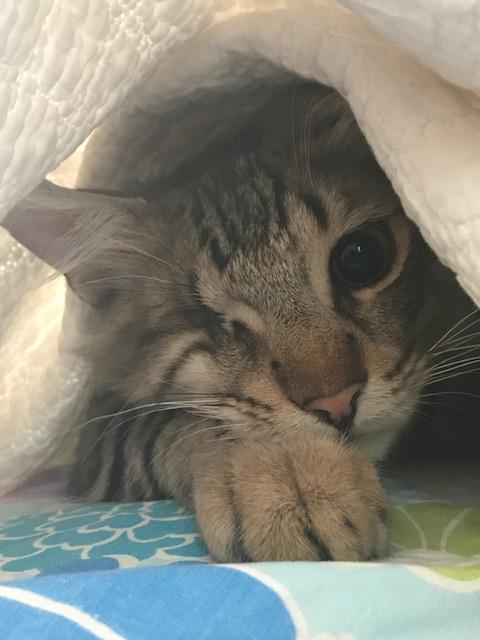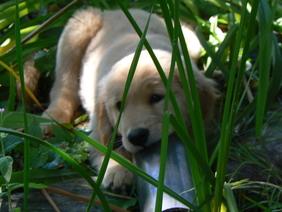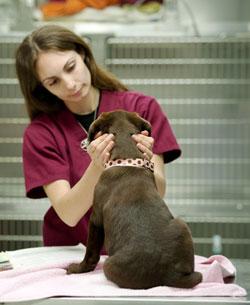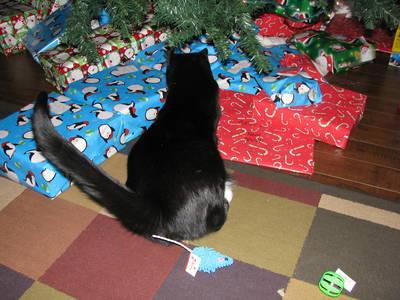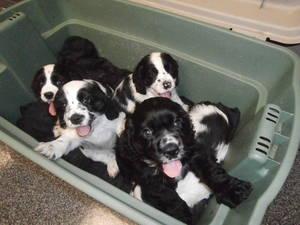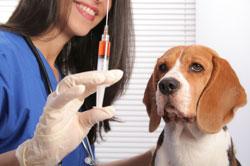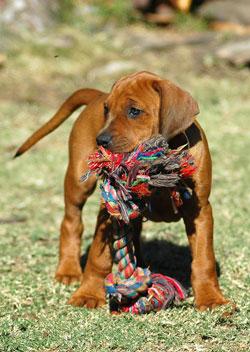
A well-trained dog is definitely something worth celebrating! Dog training is a journey that is never done – there are always new skills to learn together. You’re in a partnership and it takes time to build a relationship.
If a dog doesn’t perform a command that you think it understands, this means its level of distraction is too great and he hasn’t practiced the command in enough locations. This is useful information that tells us (as the owner) we have work to do; we need to decrease the difficulty of what we are asking our dog to do and gradually work our way up the scale of distraction.
Most dogs aim to please you, but they don’t know what you want unless you teach them. Training is an important part of helping your dog become a member of your family.
The benefits of a well-trained dog include:
- Your dog does what you want. Trained dogs have good manners and generally are a joy to be around and will be welcome in people’s homes.
- Training provides mental stimulation, which is very important for a dog’s psychological wellbeing. A bored dog can be an unhappy dog. If dogs do not receive enough mental stimulation, they may go looking for it – think garbage cans and chewed shoes or furnishings and excessive barking.
- Training is an excellent bonding activity between pet owner and pet. It builds respect and trust.
- Training sessions tire your dog out. On days that you can’t take your dog out for a long walk or run, a half hour training session will satisfy his energy requirements.
- If you take your dog to training classes, your dog has a chance to socialize with other dogs and will learn how to interact appropriately with other dogs.
- Training keeps your dog safe. If your dog is about to jump out of the car and cross the road, the “stay” command may save your dog’s life. Teaching a “leave it” command may prevent it from consuming a toxin.
- Training is fun! It doesn’t all have to be about safety and good behaviour commands. Once your pet has mastered the basic commands, you can introduce sports, such as agility or flyball, tricks or advanced obedience for some additional fun training exercises.
This January, consider signing up for an obedience class, agility class, or just teach your dog some new tricks! Both you and your dog will enjoy the time that you spend together.
Visit our Facebook and You Tube pages to see some short training videos by Dr. Justine Rudniski and her dog Vesper. Also visit our website for more information on training your dog. www.mitchellvets.ca

